How To Choose An Amplifier For Car Speakers?
Choosing the right amplifier for your car speakers is a crucial step in achieving the best possible sound quality in your vehicle. With a myriad of options available in the market, it can be overwhelming to make the right choice. This article aims to guide you through the process of selecting an amplifier that perfectly matches your car speakers, ensuring you get the most out of your audio system.
Understanding the Basics
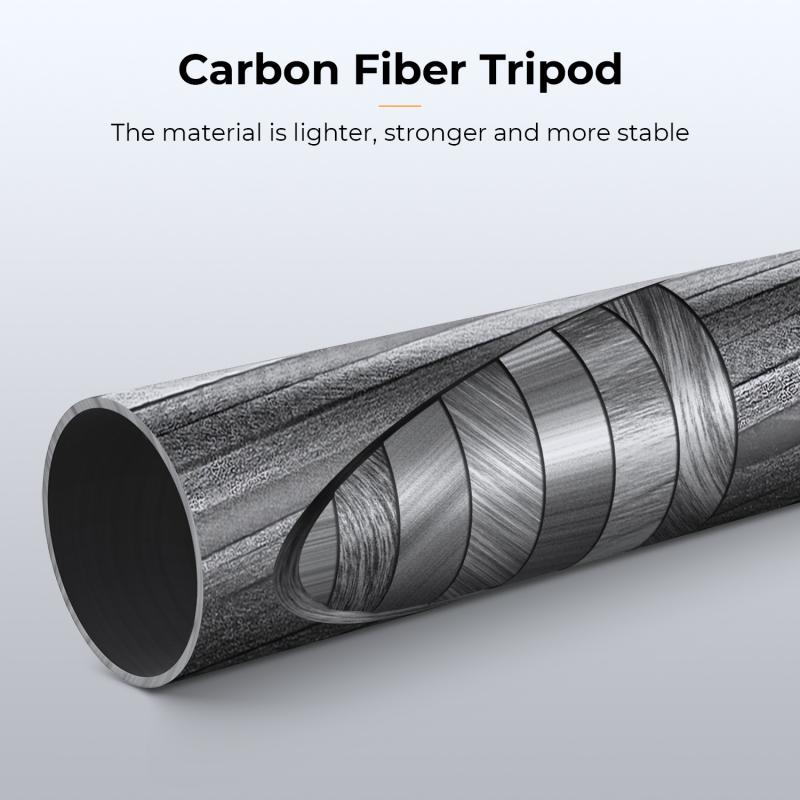
Before diving into the specifics, it's essential to understand the basic components and terminology associated with car amplifiers and speakers. An amplifier boosts the audio signal from your car's head unit (stereo) to a level that can drive the speakers. The key specifications to consider include:
1. Power Output (Wattage): This indicates how much power the amplifier can deliver to the speakers. It's usually measured in watts per channel.
2. Impedance (Ohms): This is the resistance the amplifier will face from the speakers. Most car speakers are rated at 4 ohms, but some can be 2 or 8 ohms.
3. Channels: This refers to the number of separate outputs the amplifier has. A mono amplifier has one channel, a stereo amplifier has two, and multi-channel amplifiers can have four, five, or even more channels.
4. Signal-to-Noise Ratio (SNR): This measures the clarity of the amplified signal. A higher SNR means less background noise.
5. Total Harmonic Distortion (THD): This indicates the amount of distortion the amplifier introduces to the signal. Lower THD values are better.
Matching Power Output
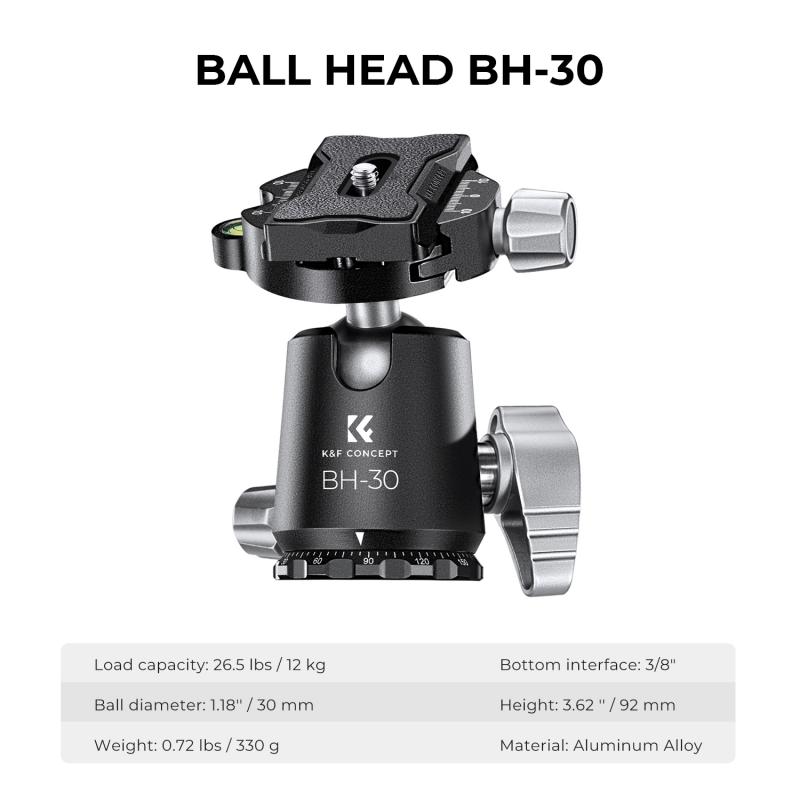
One of the most critical aspects of choosing an amplifier is matching its power output to your car speakers. Here’s how you can do it:
1. Check Speaker Ratings: Look at the RMS (Root Mean Square) power rating of your speakers. This rating indicates the continuous power the speakers can handle without damage.
2. Amplifier Power: Choose an amplifier that can deliver power within the range of your speakers' RMS rating. For instance, if your speakers have an RMS rating of 50 watts, an amplifier that delivers 40-60 watts per channel would be ideal.
3. Avoid Overpowering: While it’s better to have a slightly more powerful amplifier than one that’s underpowered, avoid going too far beyond the RMS rating to prevent damaging your speakers.
Considering Impedance
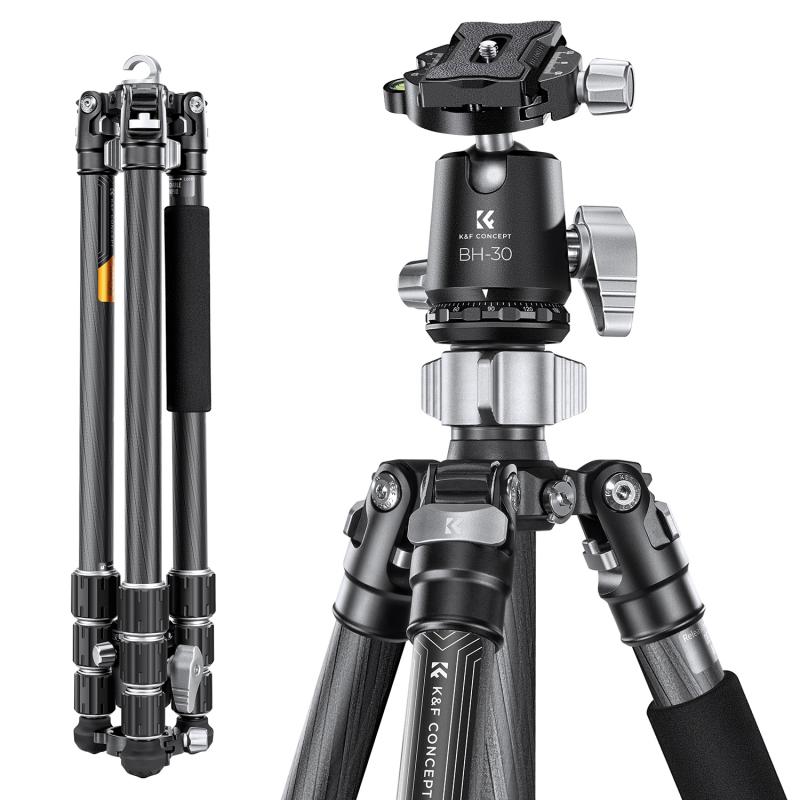
Impedance matching is another crucial factor:
1. Speaker Impedance: Most car speakers are 4 ohms, but some can be 2 or 8 ohms. Ensure your amplifier can handle the impedance of your speakers.
2. Amplifier Stability: Check the amplifier’s specifications to see if it’s stable at the impedance of your speakers. For example, if you have 2-ohm speakers, ensure the amplifier is stable at 2 ohms.
Choosing the Right Number of Channels
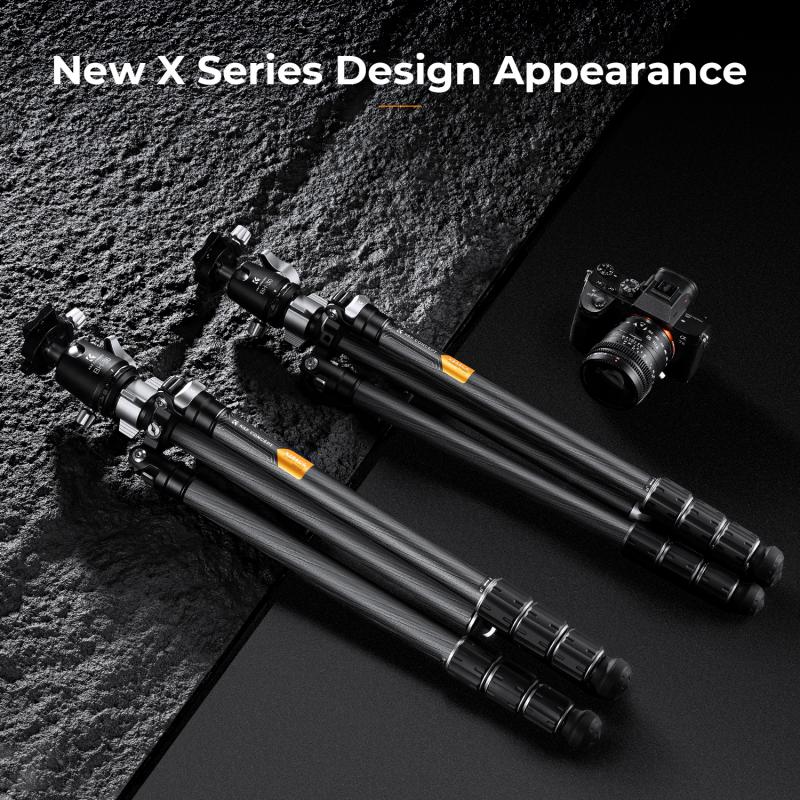
The number of channels you need depends on your speaker setup:
1. Mono Amplifiers: Ideal for powering a single subwoofer.
2. Two-Channel Amplifiers: Suitable for powering two speakers or one subwoofer in bridged mode.
3. Four-Channel Amplifiers: Perfect for a full-range system with four speakers.
4. Five-Channel Amplifiers: These can power four speakers and a subwoofer, providing a complete solution in one unit.
Signal-to-Noise Ratio and Total Harmonic Distortion
For the best sound quality, consider the SNR and THD:
1. High SNR: Look for an amplifier with an SNR of 90 dB or higher for clear sound.
2. Low THD: Aim for an amplifier with a THD of 1% or lower to minimize distortion.
Additional Features
Modern amplifiers come with various features that can enhance your audio experience:
1. Built-in Crossovers: These help direct the appropriate frequencies to the right speakers, improving sound quality.
2. Bass Boost: This feature enhances low-frequency sounds, ideal for subwoofers.
3. Remote Control: Some amplifiers come with a remote control for easy adjustments.
4. Cooling Mechanisms: Amplifiers can get hot, so look for models with built-in cooling fans or heat sinks to prevent overheating.
Installation Considerations
Proper installation is vital for optimal performance:
1. Wiring: Use high-quality wiring kits to ensure a stable connection and minimize signal loss.
2. Grounding: Proper grounding is essential to avoid noise and interference.
3. Placement: Install the amplifier in a well-ventilated area to prevent overheating.
Budget and Brand Reputation
While it’s tempting to go for the cheapest option, investing in a reputable brand can save you from future headaches:
1. Budget: Set a realistic budget that balances cost and quality.
2. Brand Reputation: Research brands known for reliability and performance. Read reviews and seek recommendations from trusted sources.
Practical Example
Let’s consider a practical example to tie everything together. Suppose you have a set of four car speakers with the following specifications:
- RMS Power: 50 watts each
- Impedance: 4 ohms
You would need a four-channel amplifier with the following characteristics:
1. Power Output: 40-60 watts per channel at 4 ohms.
2. Impedance: Stable at 4 ohms.
3. SNR: 90 dB or higher.
4. THD: 1% or lower.
Additionally, you might look for features like built-in crossovers and a cooling mechanism. Brands like Alpine, JL Audio, and Rockford Fosgate are known for producing high-quality amplifiers that meet these criteria.
Choosing the right amplifier for your car speakers involves understanding the specifications and ensuring compatibility between the amplifier and the speakers. By considering factors like power output, impedance, number of channels, SNR, and THD, you can make an informed decision that enhances your car audio experience. Don’t forget to factor in additional features, proper installation, and brand reputation to get the best value for your investment. With the right amplifier, you can enjoy crystal-clear sound and powerful bass, making every drive a pleasurable experience.


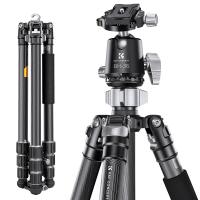

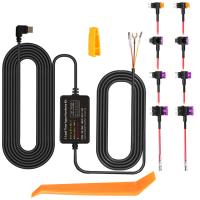
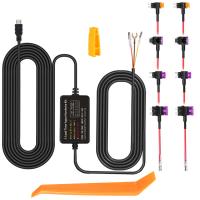
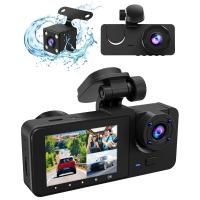
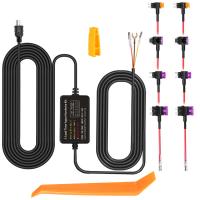


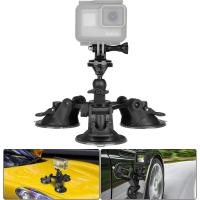
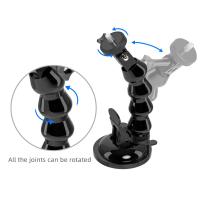
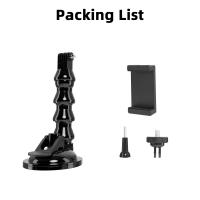
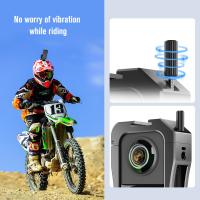

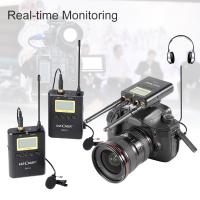



There are no comments for this blog.